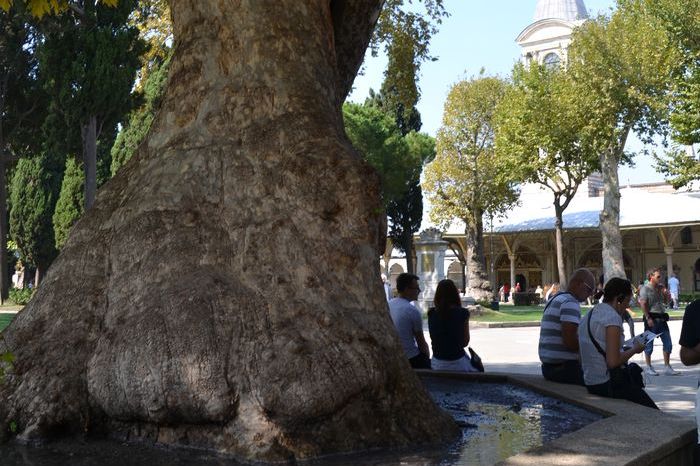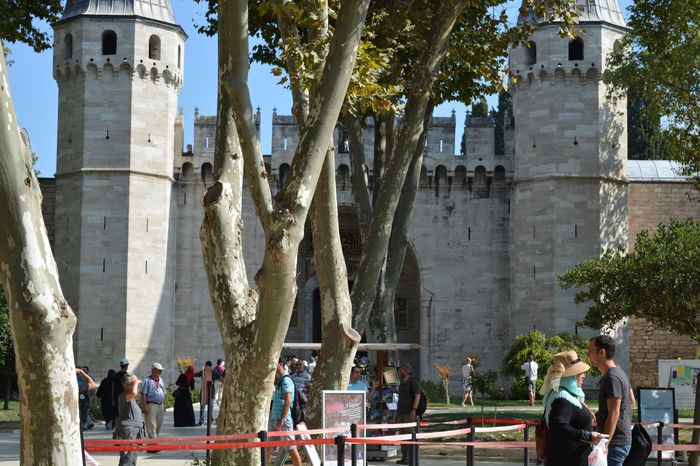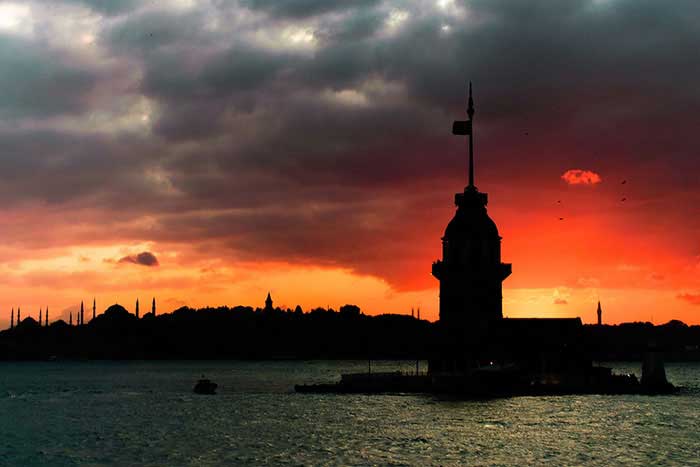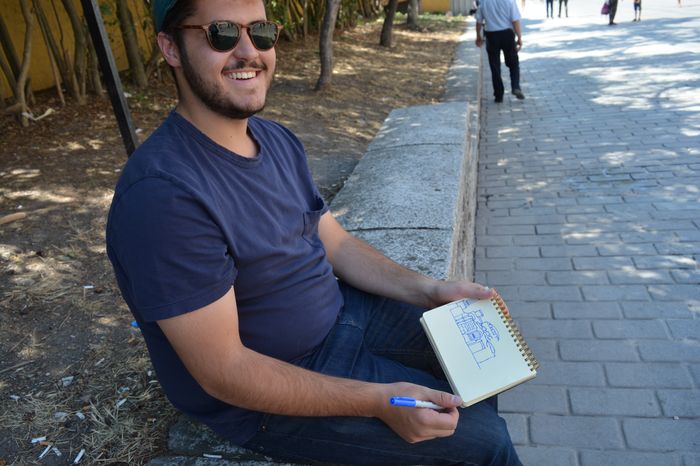Panagia Muhliotissa Church A Symbol of Byzantine Legacy
Perched on the hills of Fener, near the Patriarchy Academy, the Panagia Muhliotissa Church, also known as the Mongolian Church, holds a unique place in Istanbul’s history. Named after Byzantine Princess Maria Palaiologina, who married Mongolian Khan Hulagu and later returned to Istanbul following his death, the church stands as the sole surviving Byzantine church built before the Conquest of Istanbul that remains active today as an Orthodox place of worship.
Historical Significance
Supervised by the Patriarchy since 1351, the church faced attempts to transfer its ownership away from the Greek community during the reigns of Selim I and Ahmet III. However Feshane and Hattat Mustafa Rakim Efendi Tomb, Sultan Mehmet the Conqueror’s imperial decree ensured its preservation. Despite suffering damage from fires in 1633, 1640, and 1729, the church was restored to its original glory in 1731. Every year on August 15, worshippers gather to commemorate the Assumption of Mary, a significant event in Orthodox tradition Istanbul Cultural Tours.
Ebu Şeybe el-Hudri Tomb A Testament to Spiritual Leadership
Located in Halıcıoğlu, the Ebu Şeybe el-Hudri Tomb honors Ebu Şeybe el-Hudri, a revered figure in Istanbul’s spiritual landscape. Rumored to be the brother of one of the Prophet Muhammad’s companions, Ebu Said el-Hudri, Ebu Şeybe el-Hudri participated in the conquest of Istanbul and perished during the assault on Ayvansaray.
Historical Legacy
Ebu Şeybe el-Hudri’s tomb, situated in the Toklu Dede Cemetery in Ayvansaray, dates back to the era of Sultan Mehmet the Conqueror, with subsequent renovations carried out under the patronage of Beyazit II, Mustafa II, Körülü Ali Pasha, and Mustafa Efendi. The current structure, commissioned by Mahmud II in 1835, stands as a testament to the enduring reverence for Ebu Şeybe el-Hudri’s spiritual leadership and legacy.
Preservation Efforts
Over the centuries, the Ebu Şeybe el-Hudri Tomb has undergone several renovations to maintain its architectural integrity and historical significance. Generous contributions from various benefactors, including Mustafa Efendi and Körülü Ali Pasha, have ensured the preservation of this sacred site, enabling future generations to honor the memory of Ebu Şeybe el-Hudri and his contributions to Istanbul’s spiritual heritage.
Panagia Muhliotissa Church and Ebu Şeybe el-Hudri Tomb stand as poignant reminders of Istanbul’s rich history and cultural diversity. Through meticulous preservation efforts and ongoing reverence, these historic sites continue to inspire admiration and reverence, connecting visitors to the city’s illustrious past and enduring spiritual legacy.








